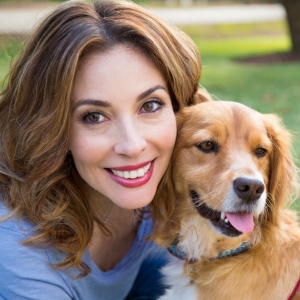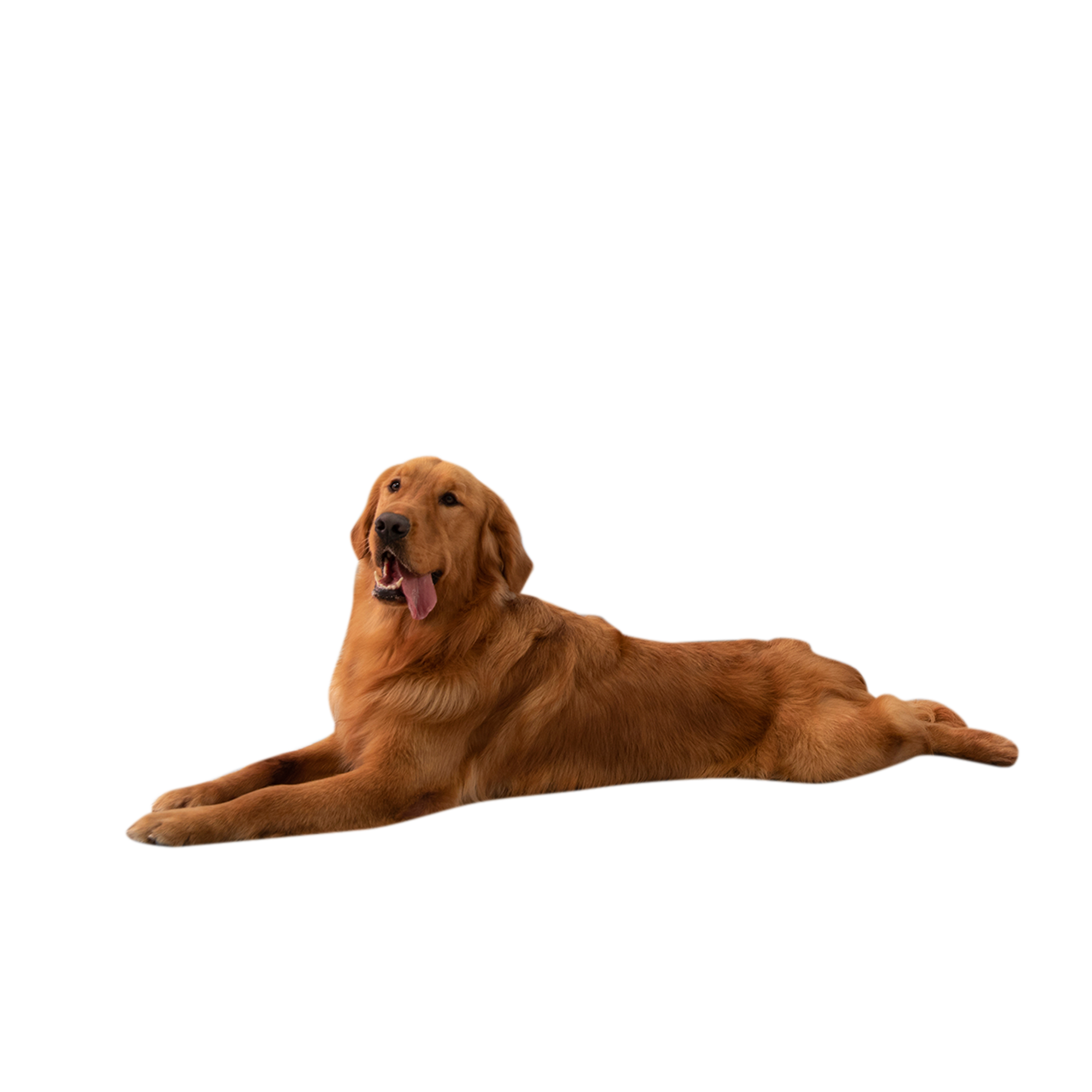People are talking about the raw food diet for dogs in increasing numbers these days. The whole point of this diet is to feed dogs food closer to what their ancestors ate. It is meat that is raw, bones, vegetables, and fruits. People who like this food think it can make dogs’ fur shimmer, make their teeth healthier, and give them more energy.
But, as with anything new, there are pros and cons. Some people worry about germs, while others worry about whether or not dogs get everything they need to stay healthy.
In this article, I’ll teach you more about the raw food diet for dogs, including what’s good and bad about it and how to do it safely.
To begin, let’s define the Raw Food Diet.
What’s The Raw Food Diet?
The raw food diet, called the “BARF” (Appropriate Raw Food), gives dogs natural food. Prepared foods that are similar to what their wild ancestors would have eaten. This diet generally includes raw meats, bones, innards, vegetables, and sometimes sweets. People who like this food say it’s what dogs were made for and can help them stay healthy.
Then, I explore how to feed your dog a raw food diet correctly (a comprehensive manual).
Proper Diet For Your Dog With Raw Food (A Step-By-Step Guide)
When you give your dog raw food, planning and paying attention to its nutritional needs is necessary. Here’s a step-by-step plan to making sure your animal friend gets the right amount and kind of raw food:
Step 1: Consult Your Veterinarian
Talk to your vet before making any changes to your dog’s food (recipes). Based on your dog’s health, age, and specific needs, they can help you decide if a raw food plan is right for them.
Step 2: Understand Nutritional Requirements
Find out about what dogs need to eat. A well-balanced raw food diet should include protein from raw meat, innards, and bones. As well as veggies and plants for important vitamins and minerals.
Step 3: Choose Quality Ingredients
For your dog’s fresh food, choose high-quality products. Choose chicken, turkey, beef, or fish, all lean foods. Include a range of veggies and fruits, such as broccoli, carrots, spinach, and apples. Make sure all the items are fresh and safe to eat.
Step 4: Plan Balanced Meals
Make meals that are well-balanced by including protein, veggies, and fruits. The general rule is to have between 70 and 80% meat, 10 and 15% organs (half of which should be liver), and 10% usable bones. Vegetables and fruits can make up the rest of the amount.
Step 5: Avoid Harmful Foods
Be aware that some things, like grapes, onions, garlic, and chocolate, are bad for dogs. Never give them these things raw.
Step 6: Monitor Portion Sizes
It’s essential to watch what you eat. Feed your dog based on size, age, and how much it moves around. To keep from getting fat, don’t overeat.
Step 7: Introduce Gradually
If your dog has never eaten raw food, ease them into it. Start by adding a small amount of raw food to their regular diet, and then increase the amount of raw food over time.
Step 8: Practice Hygiene
When handling raw meat, you need to be careful about cleanliness. Wash your hands, tools, and surfaces well to avoid getting sick.
Step 9: Monitor Your Dog’s Health
Pay attention to changes in your dog’s health, coat, and energy level. Talk to your doctor if you notice any problems.
Step 10: Seek Professional Guidance
A veterinary chef can help you ensure your pet’s raw food diet is well-rounded and balanced. They can help you make the food fit your dog’s needs.
Remember that every dog is different, so what works for one dog might not work for another. On its path to raw food, your dog’s health and well-being depend on your ability to be flexible and make changes.
I have discussed another post: How To Cook Beef Bones For Dogs
The Science of Raw Food Nutrition is Now Known
Science Behind Raw Food Nutrition
Raw food for dogs is based on what dogs usually eat in the wild. People who like this diet say that dogs are meant to consume natural things like their cousins in the wild. Raw meat contains proteins, enzymes, and healthy fats that help dogs stay in great shape. It can help with digestion, give them more energy, and help them stay at a healthy weight.
The benefits and drawbacks of feeding your dog raw (wet) food are bare here.
Pros And Cons Of Dog Raw Food Diet
Pros Of Dog Raw Food Diet
Giving your dog raw food can be good in some ways. Many people think it’s more like what wild dogs eat. If they eat this way, their hair might look better, and their skin might be healthy. Chewing on raw bones can also be good for their teeth. Some dogs who eat this way have more energy and fewer illnesses. When you make their food at home, you can choose healthy items and leave out any that aren’t good for them.
Cons Of Dog Raw Food Diet
But there are also bad things about a raw food diet. Salmonella and E. coli are two dangerous germs that could make you and your dog sick if they get into raw meat. When creating and handling the food, you need to be very careful. Ensuring your dog gets all the nutrition they need is also complicated. If the balance is off, they could get sick.
If you give them raw bones, they could break and cause them to choke or get sick. Finding suitable materials can be complicated and expensive, and only a few people might be able to do it.
Dealing With Worries About Germs
Germs are something that many people worry about when they eat raw food. Salmonella or E. coli can be in raw meat, which is terrible news for people and dogs. Wash your hands, clean up after meals, and only get meat from known places to keep everyone safe. This will make it less likely that germs will cause trouble.
At this time, I’ll answer some frequently asked questions. Emphasizing the importance of a raw food diet for dogs
F.A.Q.s On Bringing To Light The Raw Food Diet For Dogs
How Long Does It Take For A Dog To Get Used To Raw Food?
It varies from dog to dog. Some dogs might be OK with raw food after a week, while others might need a few weeks. Be patient and keep a close eye on your dog. Talk to your doctor about anything that worries you.
How Should A Dog First Start Eating Raw Food?
Don’t rush. Start by giving your dog some raw food in addition to their usual meals. As they get used to it, slowly give them more and more natural food. You should always ask your doctor if something doesn’t seem right.
When Dogs Switch To Raw Food, Do They Have To Go Through Detox?
There is no evidence that dogs need to go through a detox when they switch to raw food. Dogs are already good at getting rid of bad things for them. If you start to feel different, it’s probably because of the new food and not a detox.
Final Suggestions
Ultimately, what we’ve learned about feeding dogs raw food has taught us a lot. Dogs eat basic, natural things on this diet, just like in the wild. By following the step-by-step guide, you can ensure your dog gets the right food.
We’ve seen that science backs up some of the benefits of this food, like better digestion and shinier hair. But there are also things to watch out for. Like making sure dogs get all the vitamins and minerals they need and keeping an eye out for germs that can make them sick.
When trying this diet, you can worry less about germs if you are clean and careful. The Frequently Asked Questions (FAQs) part answers common questions, which is helpful for dog owners.
Finally, feeding your dog raw food can be a good choice, but you must plan carefully and talk to your vet about it. It’s interesting to see how this diet starts conversations and studies about what’s best for our pet friends.

Hi, I’m Olivia Davis. I am a certified nutritionist with a love for dogs that knows no bounds. At Dog Advisor Pro, I provide extensive insight into dog nutrition. A healthy diet is fundamental to a dog’s well-being and aims to empower dog owners with the knowledge they need to make informed choices about their furry friend’s diet. My goal is to make the field of dog nutrition easy and enjoyable for every pet parent.


